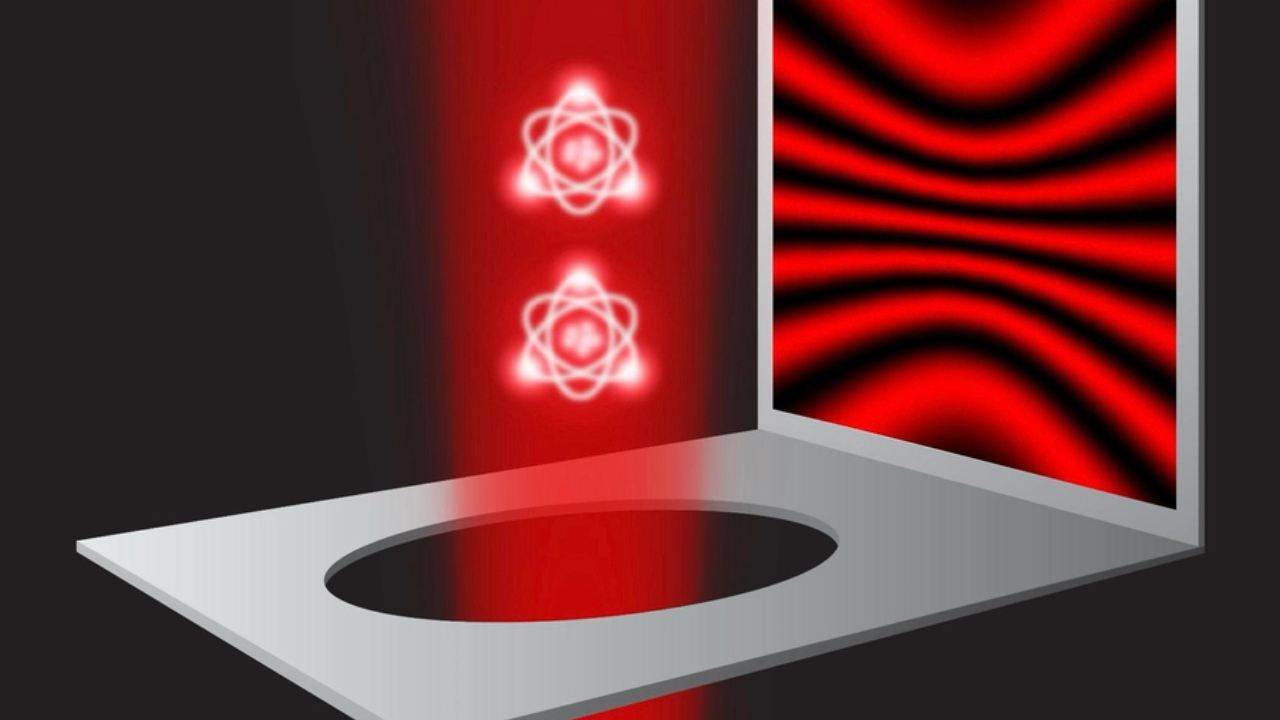How a Sun Weather Lull Affects Earth

The sun’s activity hit a dramatic low in 2008, a historic lull that caused a similar drop in magnetic effects on Earth — with an eight-month lag, a new study suggests.
The study found that many magnetic changes on Earth are indeed strongly linked to the solar activity cycle, though not in perfect synchrony, and it can help scientists map out some causes. The speed of the solar wind — the 1-million-mph stream of particles coming from the sun — as well as the strength and direction of the magnetic fields embedded in it helped produce the low readings on our planet, researchers said.
"Historically, the solar minimum is defined by sunspot number," said study lead author Bruce Tsurutani, of NASA's Jet Propulsion Laboratory in Pasadena, Calif., in a statement. "Based on that, 2008 was identified as the period of solar minimum. But the geomagnetic effects on Earth reached their minimum quite some time later, in 2009. So we decided to look at what caused the geomagnetic minimum." [Photos: Sunspots on Earth's Closest Star]
Three big factors
The sun typically follows an 11-year cycle, with periods of high activity known as solar maximums and the lulls classified as solar minimums. Currently, the sun is in an active phase of its weather cycle. [Amazing New Sun Photos From Space]
The current solar activity cycle is called Solar Cycle 24. It looks like Solar Cycle 25 could be an extremely low period, according to new research announced today at the annual meeting of the solar physics division of the American Astronomical Society.
Three things help determine the amount of energy transferred from the sun to Earth's magnetosphere: the speed of the solar wind, the strength of the magnetic field outside Earth (known as the interplanetary magnetic field) and which direction this field is pointing. The research team looked at each of these factors.
Breaking space news, the latest updates on rocket launches, skywatching events and more!
The scientists found that the interplanetary magnetic field was extraordinarily low in 2008 and 2009. This was an obvious contribution to the geomagnetic minimum. But it couldn't be the only explanation, researchers said, since Earth magnetic effects dropped in 2009 but not 2008.
Using NASA's Advanced Composition Explorer satellite, the team discovered that the solar wind remained high during the sunspot minimum in 2008. It began a steady decline later, however — consistent with the timing of the decline in geomagnetic effects.
The placement of 'coronal holes'
Further investigation revealed the cause of this decrease: phenomena called coronal holes. Coronal holes are relatively dark, cold areas within the sun's outer atmosphere. Solar wind rockets at great speeds from the centers of these holes and much more slowly from their edges.
During a solar minimum, coronal holes are usually found at the sun's poles, sending to Earth only the slow-moving wind from the holes' edges, not the fast stuff from their centers. But this wasn't the case in 2008, researchers said. Rather, the holes lingered for a while at low latitudes before finally migrating to the poles in 2009.
Only then, researchers said, did the speed of the solar wind at Earth begin to slow down, leading to a decrease in geomagnetic effects, which can manifest as variably intense auroras — the brilliant light shows found near Earth's poles.
So researchers are starting to get a handle on what causes geomagnetic minimums: low interplanetary magnetic field strength, along with slower solar wind speed and coronal hole placement.
"It's important to understand all of these features better," Tsurutani said. "This is all part of the solar cycle, and all part of what causes effects on Earth."
The study appeared in the May 16 issue of the journal Annales Geophysicae.
Follow SPACE.com for the latest in space science and exploration news on Twitter @Spacedotcom and on Facebook.
Join our Space Forums to keep talking space on the latest missions, night sky and more! And if you have a news tip, correction or comment, let us know at: community@space.com.

Space.com is the premier source of space exploration, innovation and astronomy news, chronicling (and celebrating) humanity's ongoing expansion across the final frontier. Originally founded in 1999, Space.com is, and always has been, the passion of writers and editors who are space fans and also trained journalists. Our current news team consists of Editor-in-Chief Tariq Malik; Editor Hanneke Weitering, Senior Space Writer Mike Wall; Senior Writer Meghan Bartels; Senior Writer Chelsea Gohd, Senior Writer Tereza Pultarova and Staff Writer Alexander Cox, focusing on e-commerce. Senior Producer Steve Spaleta oversees our space videos, with Diana Whitcroft as our Social Media Editor.
